Pandemic funding for a Green New Deal: why climate finance matters in the age of Covid-19
9 April 2020, Dr Jasmine Hyman, Category: All insights, News, Tags: Carbon emissions, China, climate finance, consulting, corona virus, covid-19, depression, economic stimulus, electric transportation, global economy, Green Climate Fund, green energy, Green New Deal, green urbanisation, inequality, infrastructure, investment, low-emissions, net-zero, pandemic funding, public finance, recession, renewables, sustainable development, United Nations
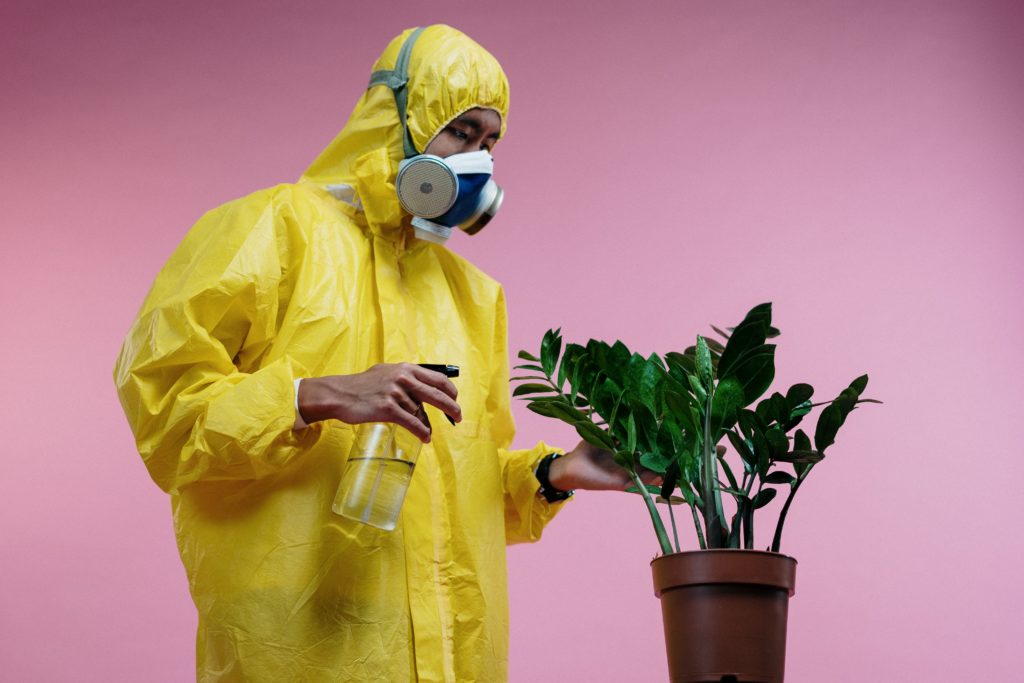
Feature image credit: cottonbro
Read GCF insight #15 and our latest GCF insight #16 – for more on how is COVID-19 impacting GCF projects, and how countries are developing and prioritising their GCF project pipelines in the wake of the pandemic.
It has been said that the coronavirus pandemic, while mandating distance, is actually one of the most unified experiences in human existence: everyone has to stay home. And yet a contradictory statement is actually more true: the coronavirus global lockdown has made the cruelty and cost of inequality clearer than ever before. Staying home is drastically different for those in tenement buildings or garden villas, for those who can order groceries and for those who are economically obliged to drive the delivery vans.
The purpose of E Co’s work is to design projects to mitigate climate change, and to help people adapt to its impacts in developing countries — in a sense, the essence of our work is to address and reduce the impacts of long-term global risk on the poor. As I live, breathe (!) and observe the corona pandemic, it’s impossible not to wonder what the global response to the pandemic foreshadows for a climate-disrupted future. It is reasonable to expect that globally disruptive events will soon return: climate models promise a future of heat waves, crop failures, droughts and floods unless policymakers act now and with unprecedented ambition.
So, what are the lessons we are learning from corona? What does the illness show us in terms of how to prepare for other risks? As the world locks down and global emissions drop, what will it take to keep them from intensifying when the economy tries to catch up?
Lessons from Corona
1. Inequality costs lives, not just for the poor but for the rich
The poorest members of society are always the most impacted by a disaster, as they have less resources for resilience. This point is obvious at the micro-level: there is no distancing in a South African township, squatters can only afford to buy food for the day, and are therefore compelled to continue to go to markets; from Seattle to Wuhan, small shopkeepers go bankrukpt and are homeless, exposing themselves to more risk; in India and elsewhere, social distancing is a privilege for the rich. The ability to adapt to a crisis presupposes that resources are available for adaptation. A highly-circulated post on Instagram states:
“Social distancing is a privilege. It means you live in a house large enough to practice it. Hand washing is a privilege too. It means you have access to running water. Hand sanitisers are a privilege. It means you have money to buy them. Lockdowns are a privilege. It means you can afford to be at home. Most of the ways to ward the corona off are accessible only to the affluent. In essence, a disease that was spread by the rich as they flew around the globe will now kill millions of the poor. All of us who are practising social distancing and have imposed a lockdown on ourselves must appreciate how privileged we are. Many people won’t be able to do any of this.”
Yet while social distancing may indeed be a luxury for the privileged, the cost of inequality is borne by all. In the case of Covid-19, the lack of testing, health care, and desperate economic circumstances all conspire to enable the virus to circulate rapidly — and the service economy is the very population with whom the rich will continue to engage (cashiers, grocers, distributors) from the lockdown.
Similarly, the price of inequality manifests in concrete ways: as the virus spreads among those who cannot afford to self-isolate, the privileged cast watches the global economy plummet as they are required to stay at home.
Climate response takeaway: the cost of inequality is borne by all.
2. Government policy matters, and the cost of delay is steep.
On 16 March 2020, the Financial Times shared a simple graph from John Hopkins University that shows the impact of government policy on containing the virus. In this chart, the difference between the flat and steep infection trajectories is just the difference between governments that track cases, provide mass testing, and take swift containment measures. It is noteworthy that the countries that prioritised a business as usual scenario, i.e. the United Kingdom and the United States, are now on indefinite lockdown. Meanwhile, South Korea (which registered its first Covid-19 case on the same day as the first patient was identified in the United States) is now heading back to work.
The coronavirus is a climate parable, in this case. As is the case with the novel coronavirus response, delays cost lives and hurt the economy. It follows that the need to transform the global economy from fossil fuels to renewables and alternative energy sources will require public investment and government leadership — however the pay off for the early movers will far exceed the initial pain of decisive public action.
That said, Covid-19 differs from the current energy crisis in that there is little reward for governments that act independently. In the case of Covid-19, Singapore, Hong Kong, Taiwan, Japan, South Korea and China have managed to mitigate — to some extent — the cost of the disease on their workforce. But in the climate case, both the laggards and the early movers will suffer from the cost of delay as the world continues to heat up.
Climate takeaway: in a global crisis, coordinated and timely international action saves lives and reduces economic costs. Denial is expensive.
3. In terms of climate, the story of the pandemic has two different endings
In the early days of the pandemic there was awe as the reduction of air pollution in China could be measured in space, and some global health experts estimated that the net impact on human life would actually be positive given that air pollution is the fourth largest driver of human deaths worldwide.
Scientists and public pundits have marveled over the aquamarine Venetian canals, a jaguar in the streets of Tulum (and the possibility of bringing back the wild), and researchers are currently evaluating reductions in light pollution which could assist migrating birds and other nocturnal creatures. The story here is one of hope: look at what we can achieve by slowing down the economy for just some weeks, some months — look at how resilient our planet really is!
Yet as airplanes remain grounded, the cruise ship industry tanks, and pleasure travel plummets, so too marks the rise of global anxiety about an economic slowdown. China has already stated that it will disregard its prior carbon emissions caps in its quest to catch up on its initial targets for GDP. Airlines in Europe are challenging the emissions abate caps that governed them prior to the crisis, claiming that they will go bankrupt if they are forced to continue to consider climate strategy in their business plans. The fall in global carbon emissions will not last long unless government step in to prolong it.
Climate takeaway: What really matters for the planet is not the short term drop in air pollution, but rather the strategy behind the trillions in public finance that are being directed towards abating a global recession.
4. Financing the pandemic recovery can also finance a green new deal
Credit: Senate Democrats
License: CC BY 2.0
It’s too early to talk about the overall cost of the pandemic to the world’s economy, though early estimates suggest that the globe’s doctor’s bill may reach USD 2.7 trillion dollars. In response, governments are considering stimulus packages that will dwarf prior public finance pledges to the Green Climate Fund or even United Nations dues, and they certainly make the private sector’s climate financing response look amateur. The United States Senate has voted upon a staggering USD 2.2 trillion relief plan for the American economy, and the United Kingdom has made an initial promise to give £30 bn to help keep small businesses and the unemployed afloat.
Industries that will be the hardest hit are also those industries that most need to transform: public finance is well positioned to strategically link bailouts with emissions targets and other incentives towards a green transformation. The aviation sector in particular is at a prime moment for change: government bailouts must be accompanied with zero net-emissions timelines and efficiency requirements for airport logistics.
As oil and gas companies collapse under reduced movement of goods and services, efforts to resurrect the sector can and should re-imagine each nation’s relationship with fossil fuels. Now is the time to reconsider fossil fuel subsidies and to realign incentives towards renewables and further investments into electrification for transportation and logistics. As industrialised governments display willingness to engage in public investment, now is the time to roll out plans for large-scale infrastructure projects in public transportation and greener buildings.
Similarly, the agri-business and the livestock industry are likely to be recipients of large-scale government support. The Covid-19 crisis can open a pathway for new levels of engagement in drought-resistant farming, sustainable food systems, and more humane (and less dangerous) means of bringing meat and poultry to consumers.
Climate takeaway: There is more than just opportunism in this call to link the climate imperative to the Covid-19 bailouts: large-scale investments in infrastructure and energy pathways are rare, and once they are made, they become entrenched. We cannot afford to miss this moment for smart, sustainable, investment that is supported by progressive climate policy.
5. Let’s change the climate story by learning from Covid-19
Credit: trendingtopics
License: CC BY 2.0
Environmental scientists have warned us for decades that the retreat of wildlife, waning biodiversity, and rising temperatures will lead to unimaginable societal disruption. The vision behind the use of the Covid-19 bailout funds can mean the difference as to whether or not this pandemic is just the first in a dystopian new normal, or a moment of global awakening and change.
The COP 26 UN Climate Conference has been postponed this December, due to Covid-19 concerns. In its absence, governments must take leadership roles and demonstrate how a Covid-19 recovery can amplify their climate commitment. Ever since the the Earth Summit in 1992 set Agenda 21 on sustainable development, green policy makers have insisted that smart planning can make sustainability and economic growth align. The pandemic’s economic recovery is the moment to finance the new energy economy. Governments and businesses can:
- Level the playing field for renewables and low-emissions energy alternatives by conditioning public financial assistance on an expanding green energy portfolio.
- Condition public financial support to airlines on their adoption of net-zero emission commitments.
- Incorporate principles of green urbanisation in municipal revitalisation schemes in order to promote safer food markets, transportation schemes, and other high-density areas that leave our species vulnerable (and uncomfortable).
- Focus economic stimulus plans on sustainable growth; integrate environmental consultants (like E Co.!) into municipal and national planning processes.
- Invest in large-scale infrastructure projects to encourage electric transportation and mass transportation in order to create jobs and to ensure that fast-growing economic sectors, like logistics, grow in a sustainable way.
- Encourage and incentivise new workplace norms wherein video conferences and working from home are accepted as alternatives to travel; reduce the need for non-essential travel.
It is clear is that the global lockdown has slowed the economy. It is also clear that governments are displaying a willingness to fund social services and to support economic growth that has been unseen since the Great Depression. Whether these funds go towards a traditional, fossil-fuel intensive growth or towards climate-compatible development will determine our fate. Now is the time to lobby for change.
While this blog reflects my own personal views, I do want to mention that at E Co, we are deep in the details on how public money can be used to stem the climate crisis — sector by sector, country by country. Let’s chat if you’d like to know more: jasmine@ecoltdgroup.com
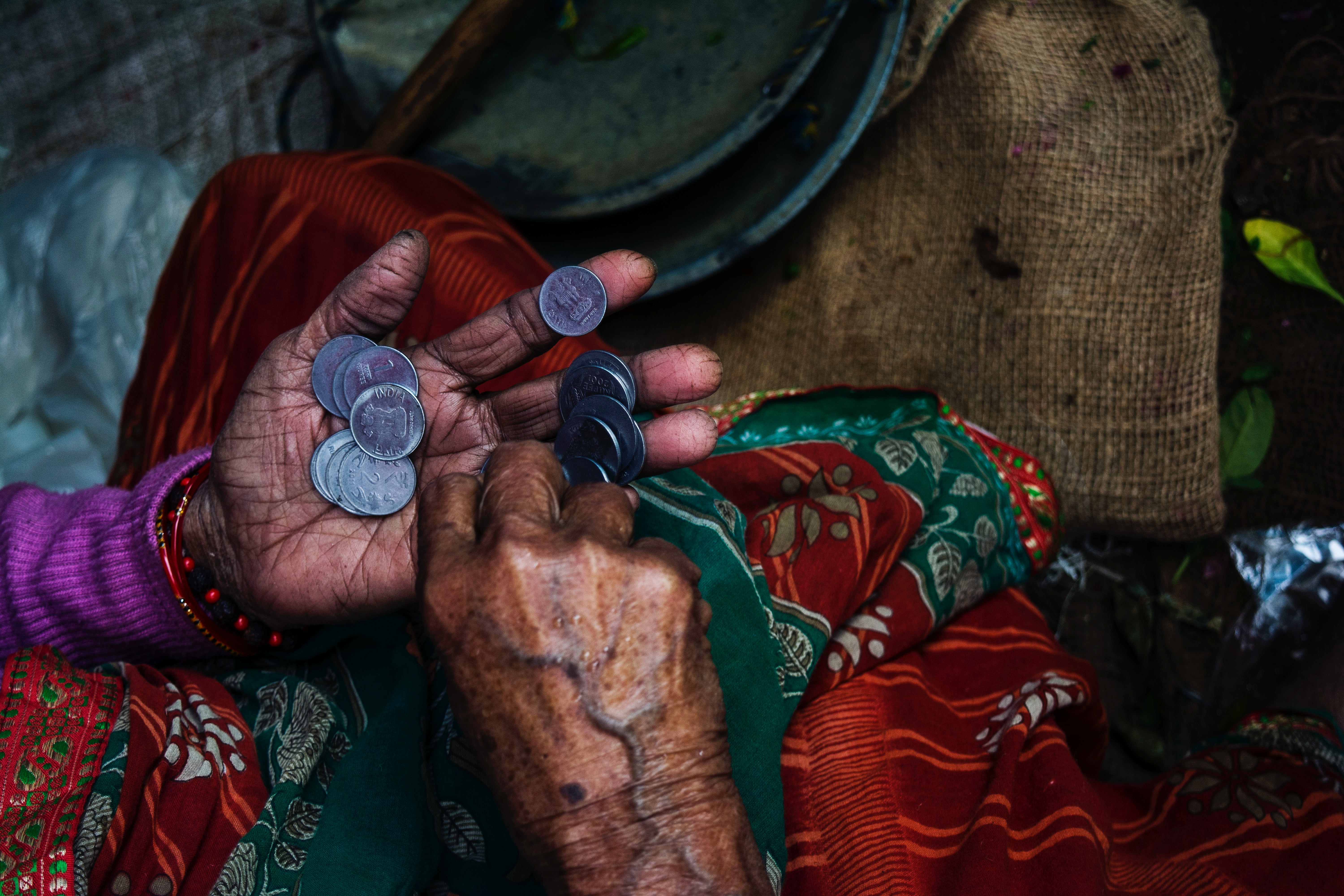
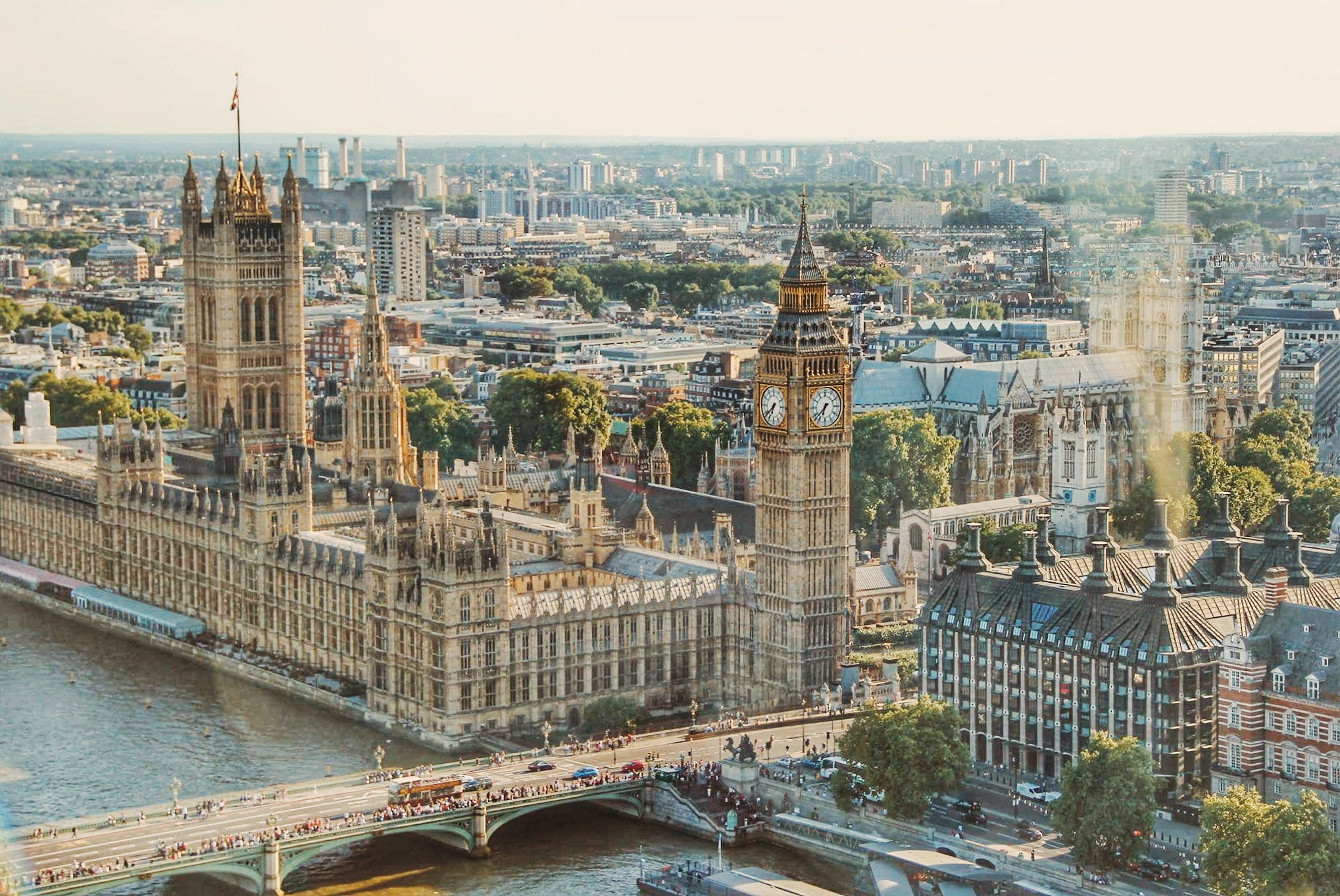
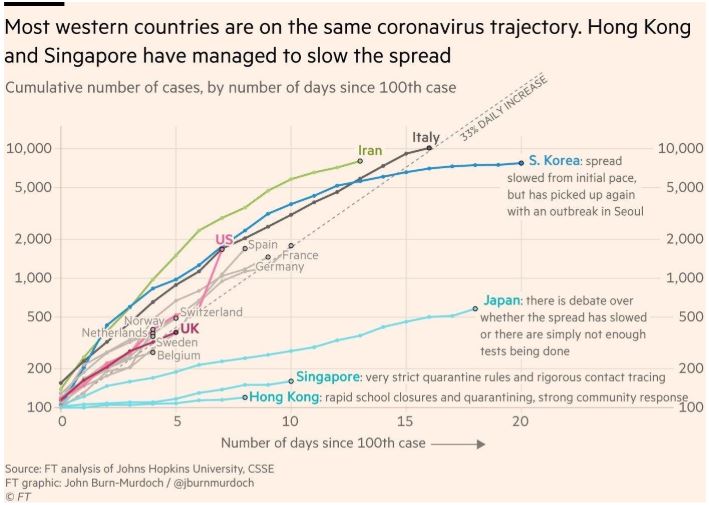

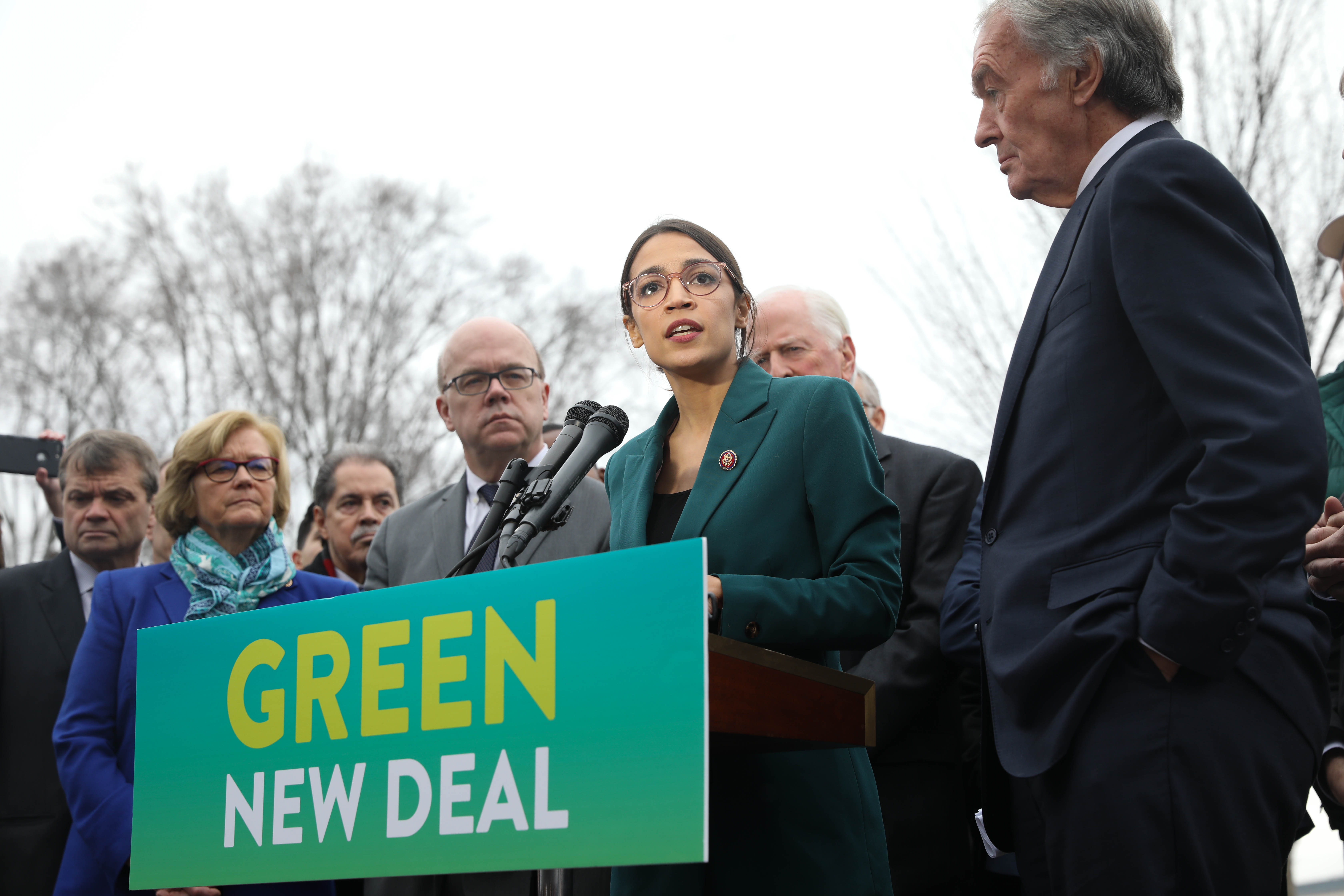
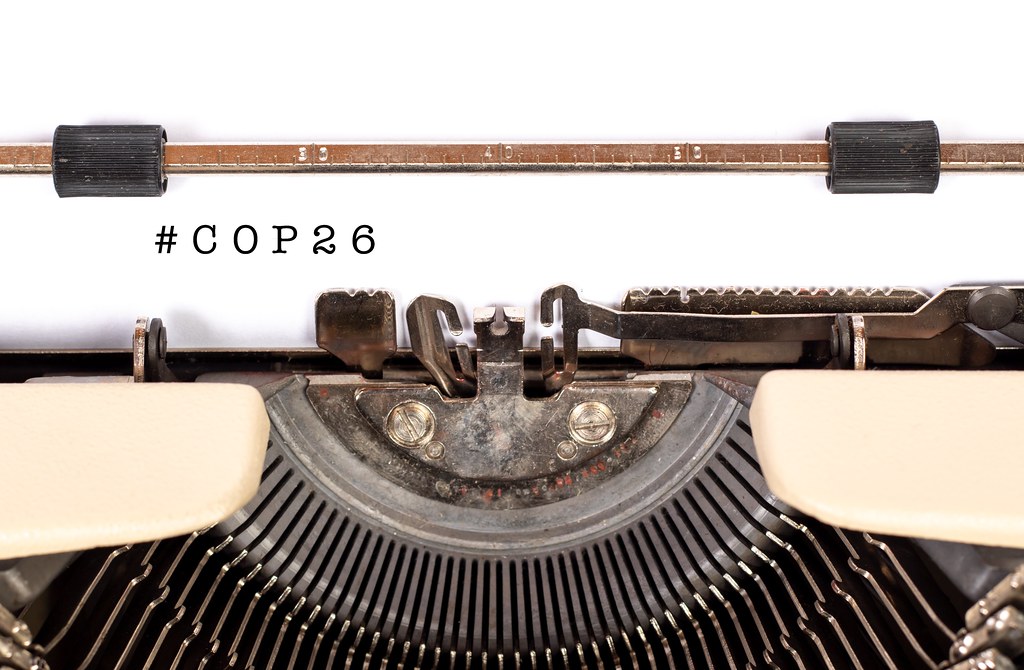
Join the conversation by posting a comment below. You can either use your social account, by clicking on the corresponding icons or simply fill in the form below. All comments are moderated.